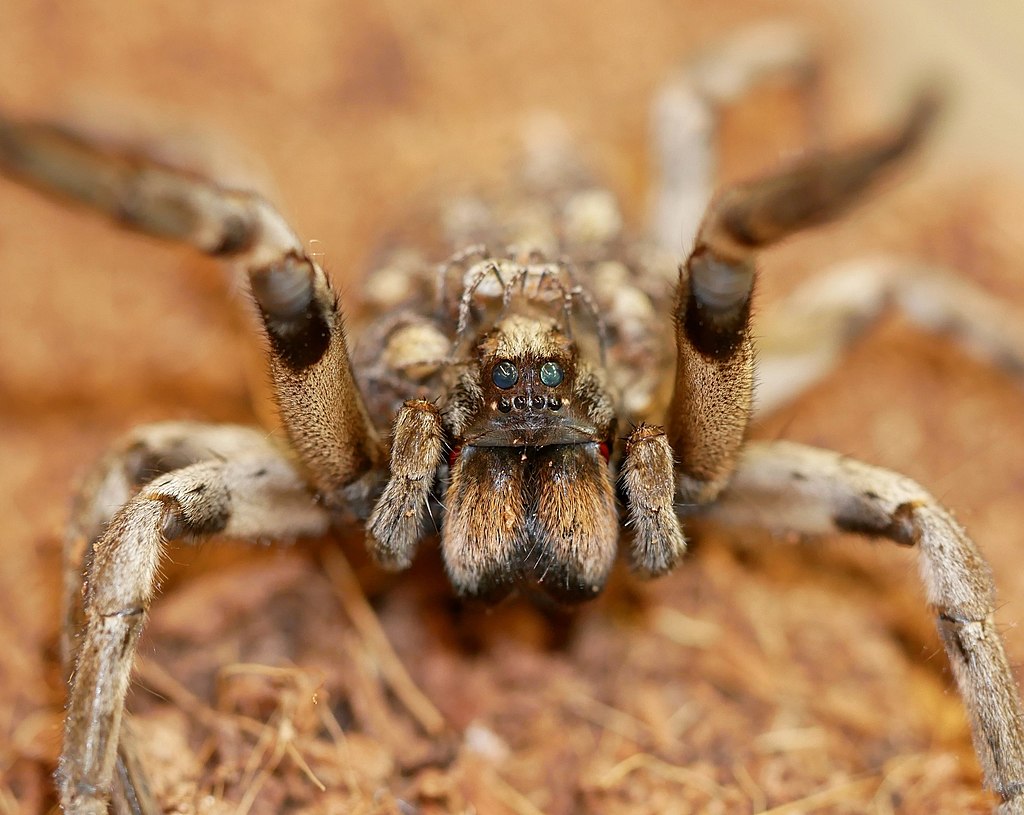Picture this: you’re walking through a forest at dusk when something catches your eye – a spider the size of your palm scurrying across the leaf litter. Your heart might skip a beat, but you’ve just encountered one of America’s most impressive arachnids. The Carolina wolf spider doesn’t just claim the title of largest native spider in the United States; it’s a creature that challenges everything you thought you knew about spiders. While most people associate massive spiders with exotic locations like Australia or South America, this remarkable hunter has been prowling American soil for millions of years, perfecting the art of survival in ways that would make any predator envious.
Meet the Giant: Size That Commands Respect

When we talk about the Carolina wolf spider’s size, we’re not discussing your typical house spider that fits on a quarter. These magnificent creatures can reach leg spans of up to 4 inches, with some exceptional females stretching even larger. Their bodies alone can measure over an inch in length, making them true giants in the spider world. What makes their size even more impressive is how they carry themselves – unlike web-building spiders that appear delicate, Carolina wolf spiders have robust, muscular builds. Think of them as the bodybuilders of the spider kingdom, built for power and endurance rather than delicate web-weaving.
The Perfect Predator: Built for the Hunt
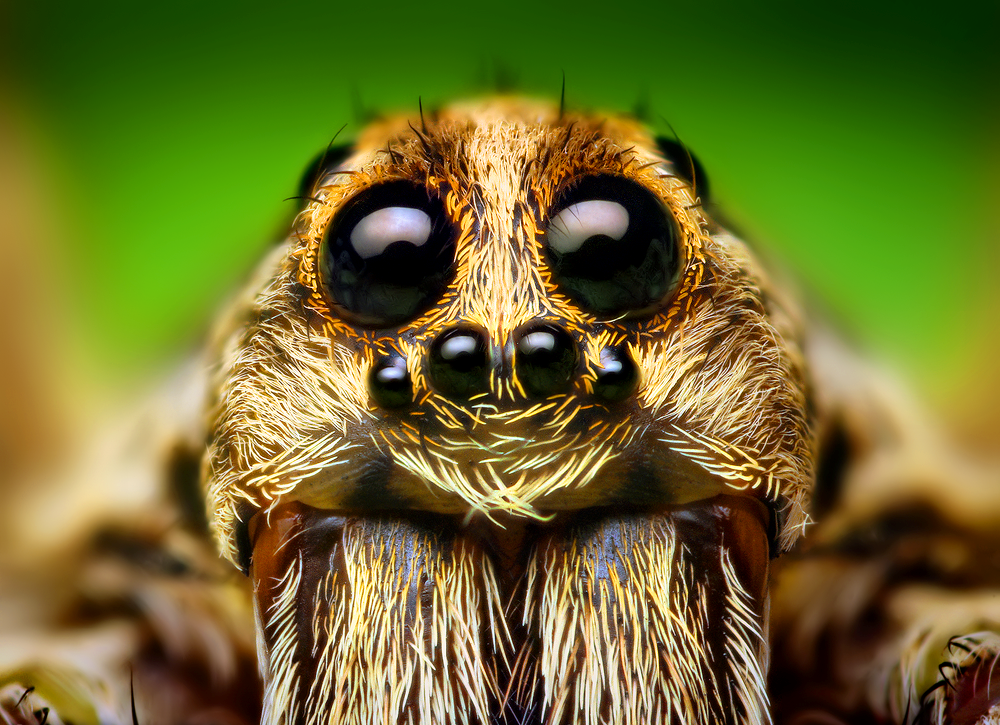
Every aspect of the Carolina wolf spider’s anatomy screams “apex predator.” Their eight eyes are arranged in three distinct rows, giving them nearly 360-degree vision that would make any security system jealous. The two large eyes in the middle row act like high-powered telescopes, capable of detecting movement from remarkable distances. Their legs aren’t just for show either – they’re equipped with sensitive hairs that can detect the slightest vibrations through the ground. Imagine having fingertips so sensitive you could feel a mouse walking 20 feet away; that’s essentially what these spiders experience every moment of their lives. This combination of exceptional eyesight and ground-sensing abilities makes them nearly unstoppable hunters in their natural habitat.
Geographic Range: Where Giants Roam
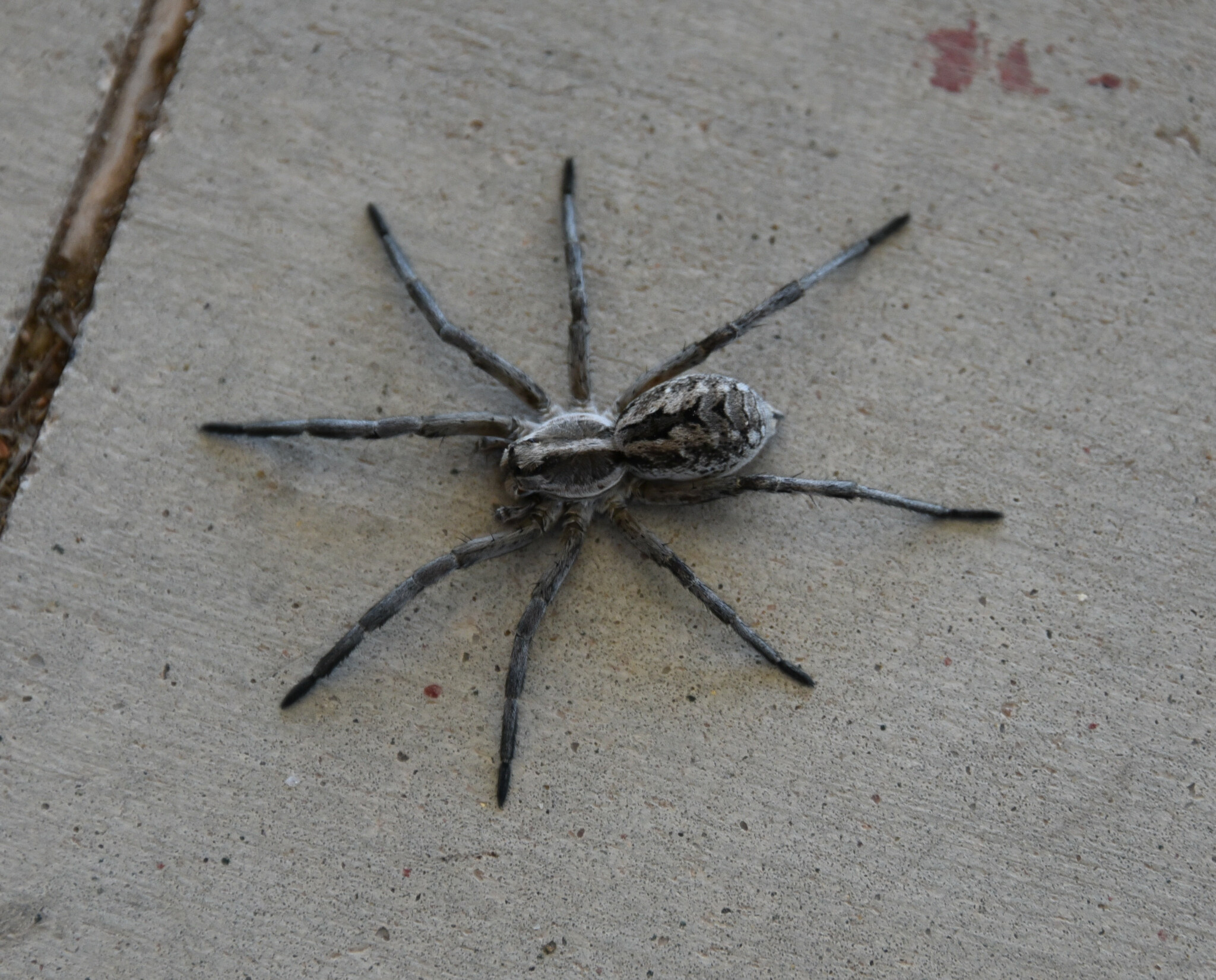
Despite their name suggesting a Carolina origin, these spiders have actually claimed territory across a much broader swath of the United States. You’ll find them throughout the southeastern states, from the Carolinas down through Georgia and Florida, and westward into parts of Alabama and Mississippi. They’ve shown remarkable adaptability in colonizing different environments within their range. From coastal pine forests to inland hardwood areas, these spiders have proven they can thrive wherever suitable habitat exists. Their presence often indicates a healthy ecosystem, as they require diverse prey populations and stable environmental conditions to maintain their impressive size.
Home Sweet Burrow: Underground Architecture

Unlike their web-spinning cousins, Carolina wolf spiders are master excavators who create elaborate underground homes. These burrows can extend 8 to 12 inches deep and are lined with silk to prevent collapse. The entrance is often camouflaged with a hinged door made of silk, soil, and plant material that fits so perfectly it’s nearly invisible to casual observers. Inside these burrows, the temperature remains relatively constant, and humidity levels stay optimal for the spider’s survival. During harsh weather or extreme temperatures, they can seal themselves inside for weeks if necessary. It’s like having a luxury underground bunker complete with climate control – pretty impressive for a creature without opposable thumbs. The burrow also serves as a strategic hunting base. The spider positions itself just inside the entrance, feeling for vibrations that indicate potential prey walking overhead. When something tasty passes by, they explode from their hiding spot with lightning speed that would put any ambush predator to shame.
The Ultimate Carnivore: Diet and Hunting Strategies
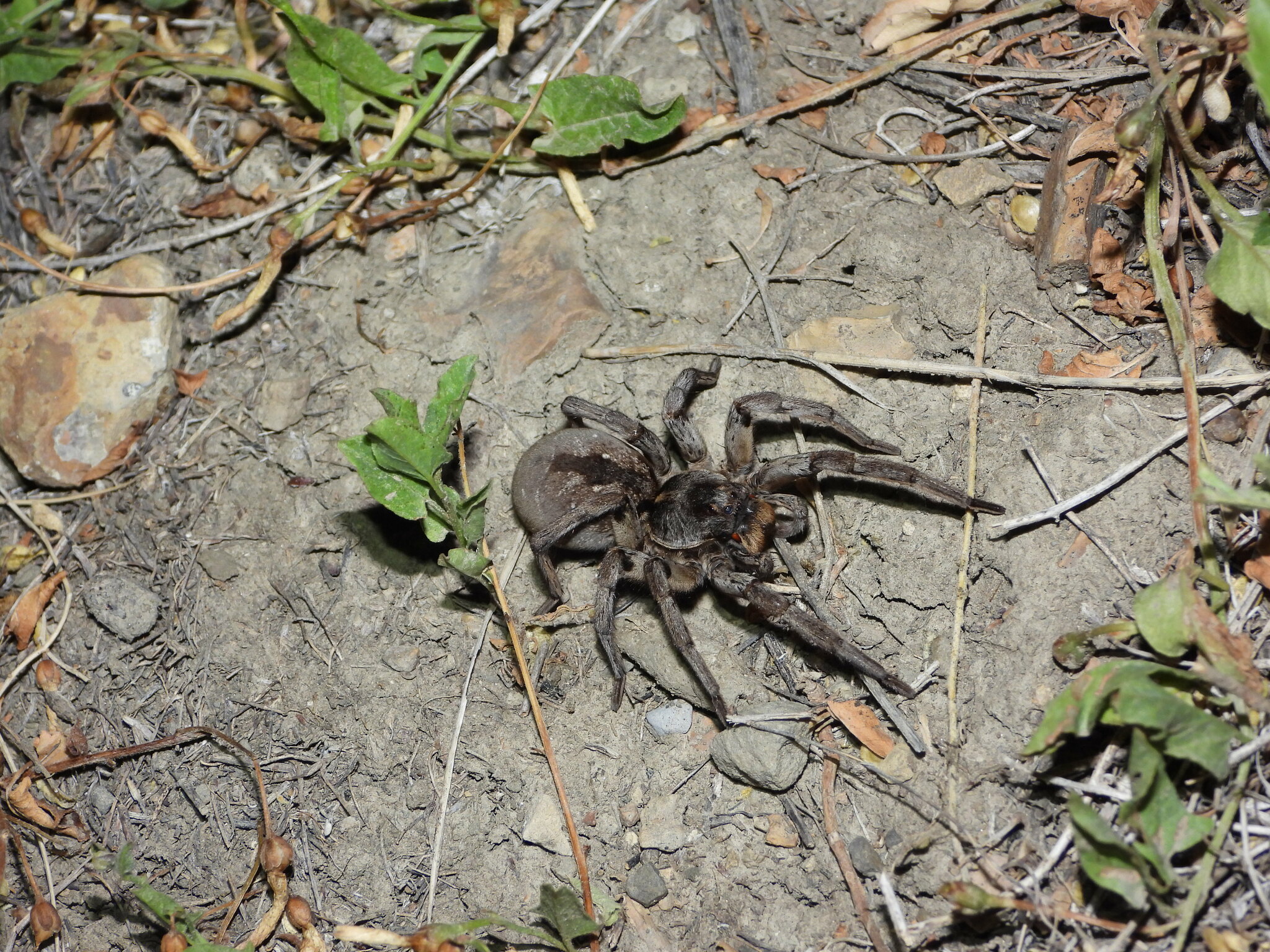
Carolina wolf spiders are opportunistic predators with appetites to match their impressive size. Their diet reads like a pest control company’s wish list: crickets, grasshoppers, beetles, moths, and even smaller spiders regularly end up on their menu. They’ve been observed taking down prey as large as small lizards and frogs when the opportunity presents itself. Their hunting strategy combines patience with explosive action. During daylight hours, they remain hidden in their burrows, but as evening approaches, they position themselves at the entrance like sentries. When prey ventures too close, they launch themselves forward with incredible speed, using their powerful legs to overpower victims before delivering a paralyzing bite. What’s particularly fascinating is their ability to adjust their hunting techniques based on prey type. Soft-bodied insects might be grabbed and bitten immediately, while harder prey like beetles require more strategic approaches, often involving multiple attempts to find vulnerable spots in their armor.
Reproduction: A Mother’s Devotion

The reproductive behavior of Carolina wolf spiders showcases some of the most dedicated parenting in the arachnid world. Mating typically occurs in late spring, with males performing elaborate courtship dances that involve waving their front legs and vibrating their bodies to create specific signals that females recognize as non-threatening. After successful mating, females create egg sacs that they carry attached to their spinnerets like oversized backpacks. This isn’t just protective behavior – the mother actively regulates the temperature and humidity of the eggs by adjusting her position and activities throughout the day. She’ll even expose the egg sac to morning sunlight to provide optimal incubation conditions. When the spiderlings hatch, they immediately climb onto their mother’s back, where they remain for several weeks. Watching a female Carolina wolf spider with dozens of tiny babies clinging to her is both heartwarming and slightly terrifying – imagine a living carpet of spiders moving as one unit through the forest.
Life Cycle: From Tiny to Titan

The journey from newly hatched spiderling to full-grown giant is nothing short of remarkable. Carolina wolf spider babies start life at less than a quarter-inch but grow rapidly through a series of molts. Each molting process allows them to shed their restrictive exoskeleton and emerge larger and more capable. The growth rate depends heavily on food availability and environmental conditions. In ideal situations with abundant prey, young spiders can reach adult size within two years. However, in challenging conditions, this process might extend to three or even four years. Adult Carolina wolf spiders can live surprisingly long lives for spiders – females often survive 3 to 4 years, while males typically have shorter lifespans due to the risks associated with seeking mates. Their longevity allows them to become truly dominant predators in their territories, learning the landscape and developing increasingly effective hunting strategies over time.
Venom: Powerful but Not Dangerous to Humans
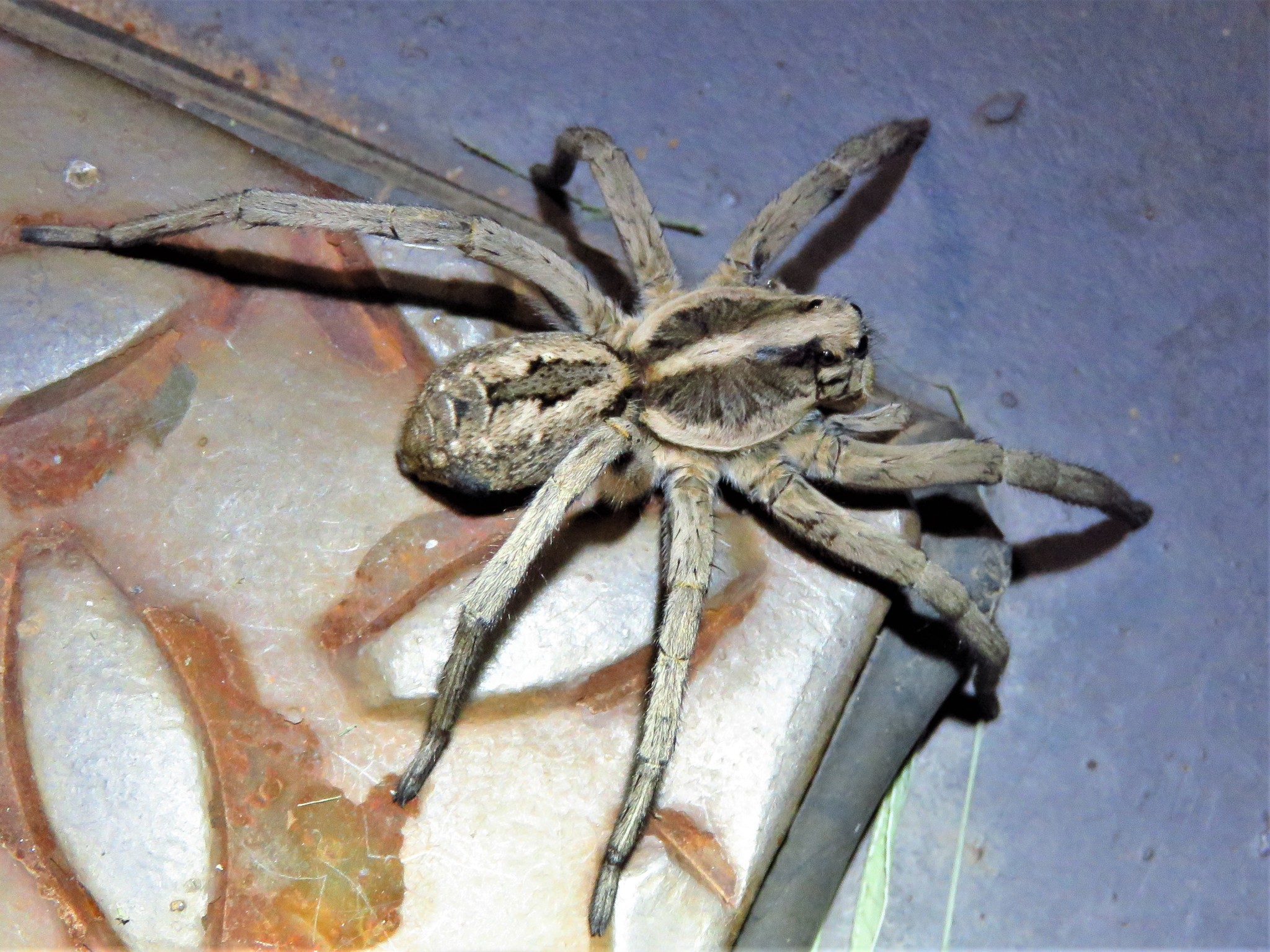
Like all spiders, Carolina wolf spiders possess venom, but their bite poses minimal threat to humans. Their venom is specifically designed to subdue insect prey and small vertebrates, causing paralysis and beginning the digestion process. For humans, a bite typically results in symptoms similar to a bee sting – localized pain, slight swelling, and possible redness. The composition of their venom includes various enzymes and neurotoxins that work efficiently on arthropods but have little effect on larger mammals. Medical intervention is rarely necessary for Carolina wolf spider bites, though individuals with severe allergies should always exercise caution around any venomous creature. It’s worth noting that these spiders are generally reluctant to bite humans and will usually choose flight over fight when encountered. Their impressive size often makes people assume they’re more dangerous than they actually are, leading to unnecessary fear and persecution.
Behavioral Patterns: Night Shift Hunters

Carolina wolf spiders operate on a schedule that would challenge most night-shift workers. They’re primarily crepuscular and nocturnal, meaning they’re most active during twilight hours and throughout the night. This timing aligns perfectly with the activity patterns of many of their preferred prey species. During daylight hours, they retreat to their burrows, but they don’t simply sleep the day away. They remain alert to vibrations and will defend their territory against intruders. If you’ve ever tried to observe one during the day, you might notice how quickly they can disappear into their burrows at the first sign of disturbance. Their territorial behavior is particularly interesting – individual spiders maintain and defend areas around their burrows, engaging in ritualized conflicts with other spiders that venture too close. These encounters rarely result in serious injury, instead resembling elaborate wrestling matches where size and intimidation usually determine the winner.
Sensory Superpowers: More Than Meets the Eye

The sensory capabilities of Carolina wolf spiders border on the supernatural. Beyond their impressive eyesight, they possess an array of sensory organs that would make any spy gadget jealous. Specialized hairs covering their legs and body can detect air currents, chemical signals, and even the subtlest ground vibrations. Their sense of taste and smell combines into what scientists call chemoreception – they can literally taste the air to identify potential prey, predators, or mates. This ability allows them to track prey trails that might be hours old, following chemical signatures like bloodhounds following scent trails. Perhaps most remarkably, they can sense polarized light patterns in the sky, helping them navigate even on cloudy nights. This celestial compass system ensures they can always find their way back to their burrows after hunting expeditions that might take them hundreds of feet from home.
Ecological Impact: The Unsung Pest Controllers

Carolina wolf spiders serve as natural pest control agents of tremendous value, though their contributions often go unrecognized. A single adult female can consume hundreds of insects and other arthropods annually, including many species that humans consider agricultural or household pests. Their presence in an ecosystem indicates environmental health and balance. They require stable prey populations, which means their territories must support diverse insect communities. When Carolina wolf spider populations decline, it often signals broader ecological problems that affect entire food webs. Research has shown that areas with healthy wolf spider populations experience significantly reduced numbers of crop-damaging insects. Unlike chemical pesticides, these natural predators don’t create resistance problems or environmental contamination – they simply maintain the balance that ecosystems have depended on for millions of years.
Myths and Misconceptions: Separating Fact from Fiction
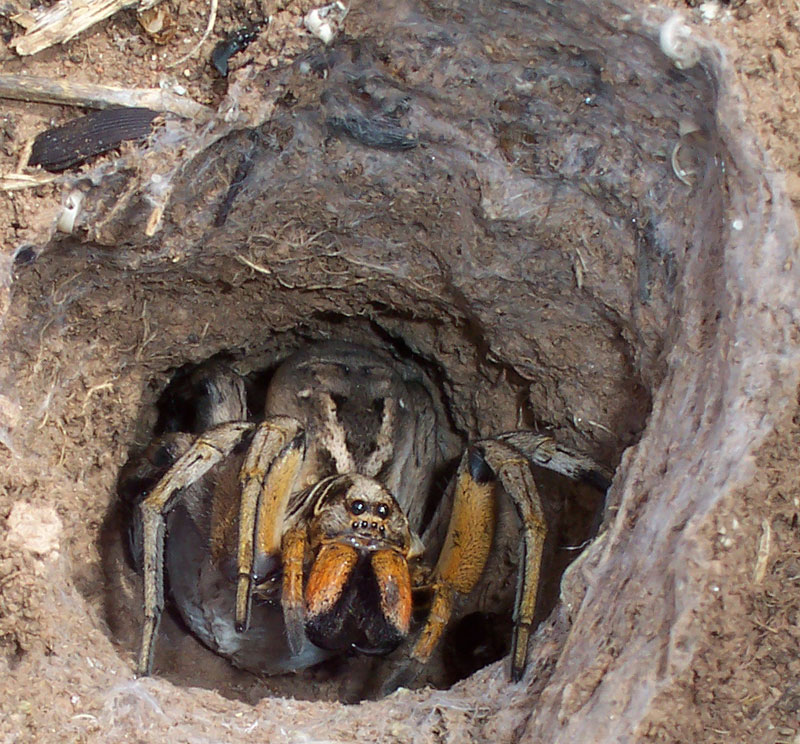
The impressive size of Carolina wolf spiders has unfortunately led to numerous myths and misconceptions about their danger to humans. Perhaps the most persistent myth is that they’re aggressive toward people and actively hunt humans as prey. In reality, these spiders are far more afraid of us than we are of them and will almost always flee when given the opportunity. Another common misconception involves their speed – while they can move quickly in short bursts when hunting or escaping, they’re not the lightning-fast monsters often portrayed in horror movies. Their movement is more comparable to a small mouse scurrying across the floor than a creature capable of chasing down humans. Some people believe that killing Carolina wolf spiders will reduce insect problems around their homes, but the opposite is actually true. These spiders provide valuable pest control services, and their removal often leads to increased populations of genuinely problematic insects like mosquitoes, flies, and agricultural pests.
Conservation Status: Protecting Our Native Giants
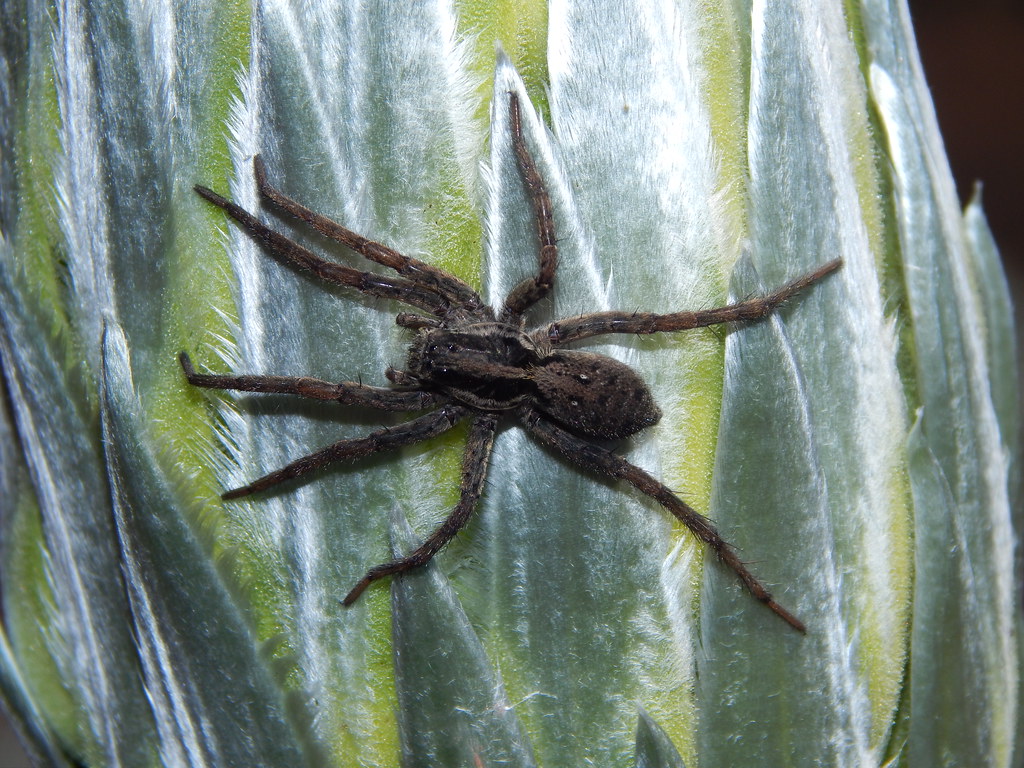
While Carolina wolf spiders aren’t currently listed as endangered, they face increasing pressure from habitat loss and environmental changes. Urban development, agricultural expansion, and climate change all pose challenges to their traditional territories and hunting grounds. Pesticide use represents another significant threat, as these chemicals not only kill the spiders directly but also eliminate their prey base. When insect populations crash due to chemical treatments, wolf spiders can’t maintain their own populations even if they survive the initial exposure. Conservation efforts focus primarily on habitat preservation and education programs that help people understand the value of these remarkable predators. Protecting large tracts of natural habitat ensures that Carolina wolf spiders have the space and resources they need to maintain stable populations for future generations to appreciate and study.
Living Alongside Giants: Coexistence Tips

For those lucky enough to share territory with Carolina wolf spiders, coexistence is not only possible but beneficial. These spiders rarely venture indoors, preferring their natural outdoor habitats, so encounters are typically limited to gardens, yards, and natural areas. If you do encounter one, the best approach is simply to observe from a respectful distance and allow it to continue about its business. They’re remarkable creatures to watch, and you might be surprised by their grace and intelligence. Taking photos or videos can provide lasting memories without disturbing the spider. Maintaining natural areas in yards and gardens actually benefits both homeowners and spider populations. These spaces provide hunting grounds for the spiders while giving them natural pest control services in return. It’s a win-win arrangement that has worked successfully for countless years.
Conclusion
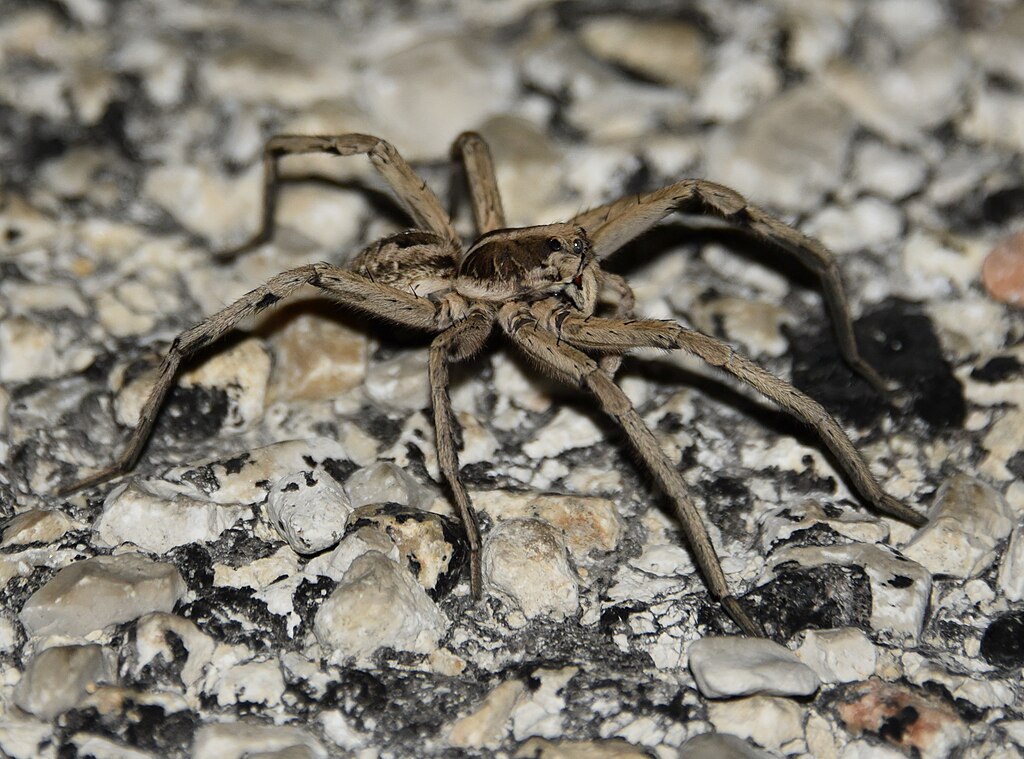
The Carolina wolf spider represents everything fascinating about nature’s ability to create perfectly adapted predators. From their impressive size and hunting prowess to their devoted parenting and ecological importance, these remarkable creatures deserve our respect and protection. They’ve mastered survival in ways that showcase millions of years of evolutionary refinement, creating a living example of nature’s engineering expertise. Next time you’re walking through their habitat, remember that you’re in the presence of one of America’s most impressive native predators – a true giant that calls our forests home. What other secrets might these ancient hunters be hiding in their underground lairs?

